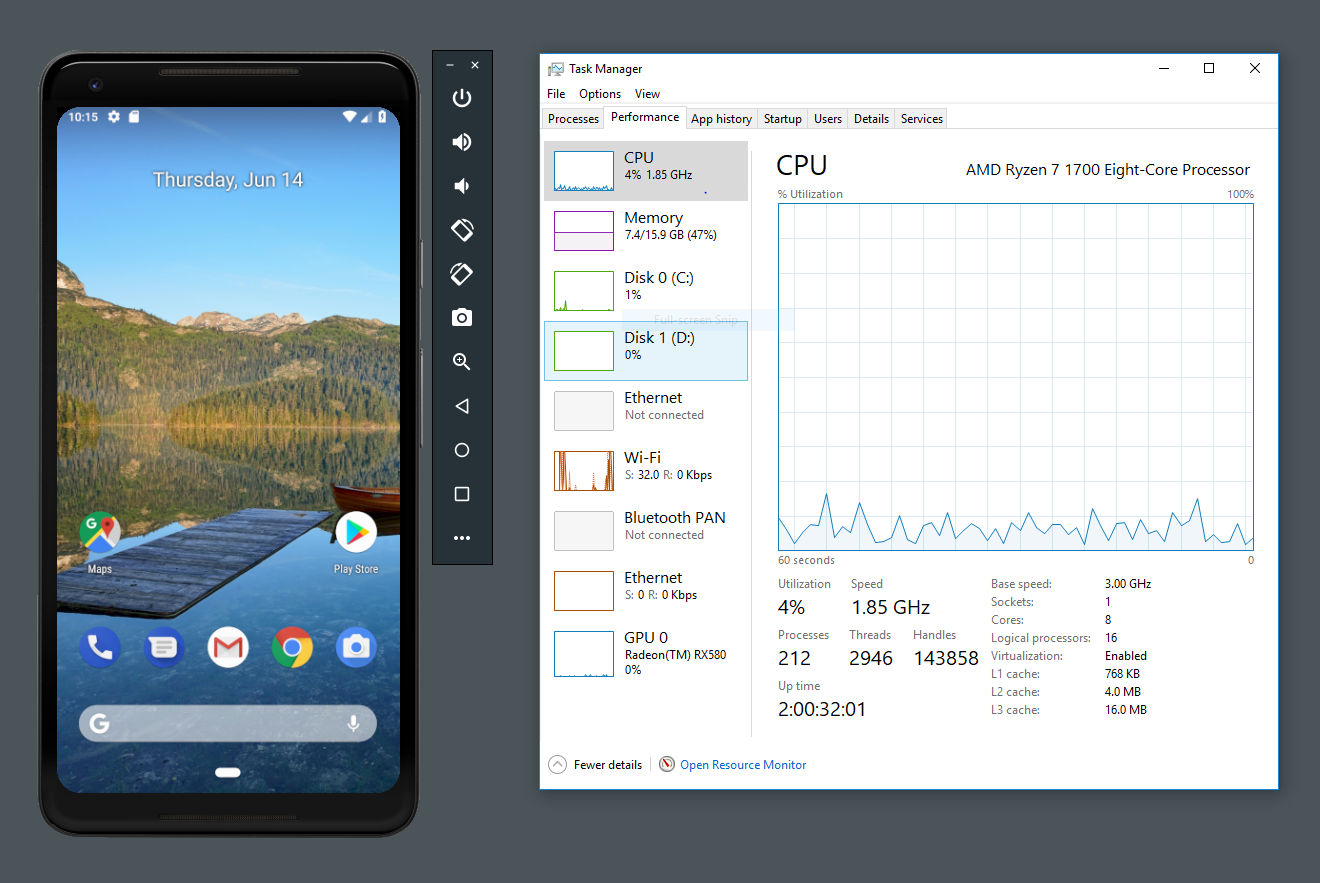

W/MapperHal(24131): buffer descriptor with invalid usage bits 0x2000Į/eglCodecCommon(24131): goldfish_dma_create_region: could not obtain fd to device! fd 0 errno=0Į/gralloc_ranchu(24131): updateHostColorBuffer: Unexpected DMAĮ/ (24131): lockAndWriteDma: ERROR: No DMA context bound! I/ACodec (24131): codec does not support config priority (err -1010)ĭ/MediaCodec(24131): setting dataspace on output surface to #104 I/MediaCodec(24131): setting surface generation to 24710145ĭ/SurfaceUtils(24131): disconnecting from surface 0xc5633808, reason connectToSurface(reconnect)ĭ/SurfaceUtils(24131): connecting to surface 0xc5633808, reason connectToSurface(reconnect)Į/ACodec (24131): setPortMode on output to DynamicANWBuffer failed w/ err -1010

Aosp on arm emulator android#
APIs Android L and M emulator images are configured to expect the AOSP.

I/OMXClient(24131): IOmx service obtainedĭ/SurfaceUtils(24131): connecting to surface 0xc5633808, reason connectToSurface Although arm emulators exist, they are so slow that they are not worth your.
Aosp on arm emulator code#
They copied the source code to a custom repository in the Android Open Source Project (AOSP) and made a number of invasive modifications to QEMU. Since Android is under rapid development, the build process and environment setup can change from time to time. In order to create our own Android system, we have to set up the AOSP build environment and build our own AOSP target for the Android emulator. I/VideoCapabilities(24131): Unsupported profile 4 for video/mp4v-es Did you know the Android emulator is based on QEMU When the Android SDK was first made available to the world, Google used QEMU as the basis for their Android emulator. The AOSP build environment and the Android emulator build. W/VideoCapabilities(24131): Unrecognized profile 4 for video/hevc W/er.iron_manage(24131): Accessing hidden method Landroid/media/AudioTrack ->getLatency()I (light greylist, reflection)


 0 kommentar(er)
0 kommentar(er)
